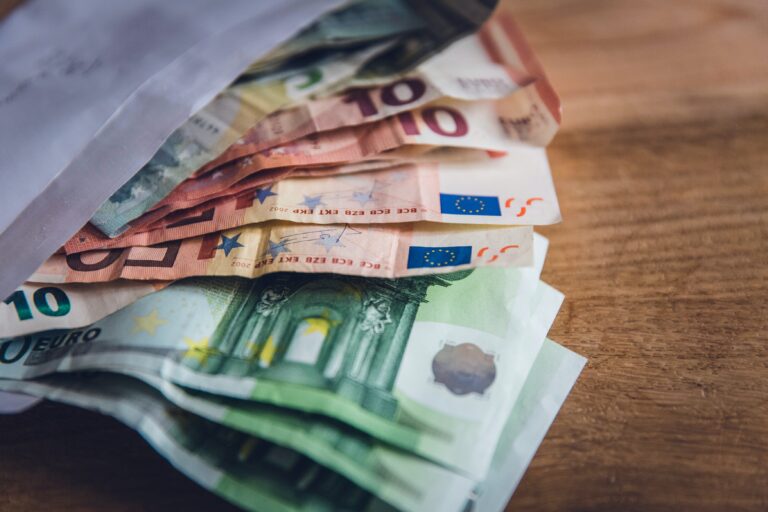
Morning Brief – Emerging Market Shift
In the first half of 2020, lockdowns pervaded in much of the Western World. Despite the cause for economic concern in the world’s most developed economies, there was also cause for optimism with a new vaccine that promised to provide a conclusive end to the pandemic approved by one regulator or another seemingly every week. This created interesting dynamics in markets where monetary support and economic optimism mixed with visibly beleaguered economies to leave markets hesitant over G10 currencies. Instead, seeing the light at the end of the tunnel and having taken a battering during the previous 9 months of the pandemic, it was emerging market currencies that found themselves in a position to gain strength. Not only did emerging market currencies outperform during the first half of 2021 as a result of the mixed signals coming from developed market currencies, but such emerging markets also had the monetary capacity to begin to normalise policy. It was this policy shift that accommodated moves such as the rally of more than 15 percent in the Brazilian Real versus the US Dollar between March and June this year.
Rate hikes within emerging markets (such as the 325 basis points that Brazil has hiked by since the start of the year) have only been possible and had the effect they have had due to the stagnation in US policy and market expectations therein. Despite the Federal Reserve having managed to kick the can further down the road before raising policy, a definitive shift in US Monetary Policy has now taken place with markets told to expect tapering. Rising US rates deteriorates the appeal of emerging market currencies, undermining the demand generated for such currencies accrued during their own hiking cycles earlier this year. The expectation of policy tightening from the Fed too has and will crowd out the expectations and ability of emerging markets to continue to normalise policy. In FX forwards for example, at the end of June markets were pricing in 1.3% worth of rate hikes in Russia before the end of the year. Today, largely thanks to the Fed’s change of tone, that stands at just 0.5%. Since June too, under similar circumstances, the Brazilian Real is down 4.5%.
The weakness of Emerging market currencies is widespread. Their weakness should not, across the board, allow them to reach the distressed lows of during the first wave of the Covid-19 pandemic. However, given that most EM currencies have recovered all if not more than their post-March 2020 fall, present valuations could allow moderate further weakness.
Discussion and Analysis by Charles Porter

Click Here to Subscribe to the SGM-FX Newsletter
Related Insights

Daily Brief – Next level
Next level EURUSD has managed a relatively smooth ascent to its current levels, around 1.18. That is despite significant resistance levels, most notably around 1.17. A large collection of option strike prices gathered around this key level and the price history of the pair shows us its significance. Sustained closes above this level since last […]

Daily Brief – A weaker Dollar: Trump vs. Powell
A weaker Dollar: Trump vs. Powell The Dollar continued to lose ground yesterday as the truce between Israel and Iran appeared to continue to hold. There has been a noticeable return to focus upon macro and monetary influences in major currency pairs. Yesterday, Fed Chair Jay Powell provided his semi-annual monetary policy report before the […]

Daily Brief – Whiplash
Whiplash A highly volatile start to yesterday’s trading session saw a flight to safety in markets. Despite the Dollar having lost much of its appeal as a safe haven lately, there was still an identifiable USD bid prior to and during the European open. We have identified recently how markets have clearly differentiated between general […]



 Charles Porter
Charles Porter